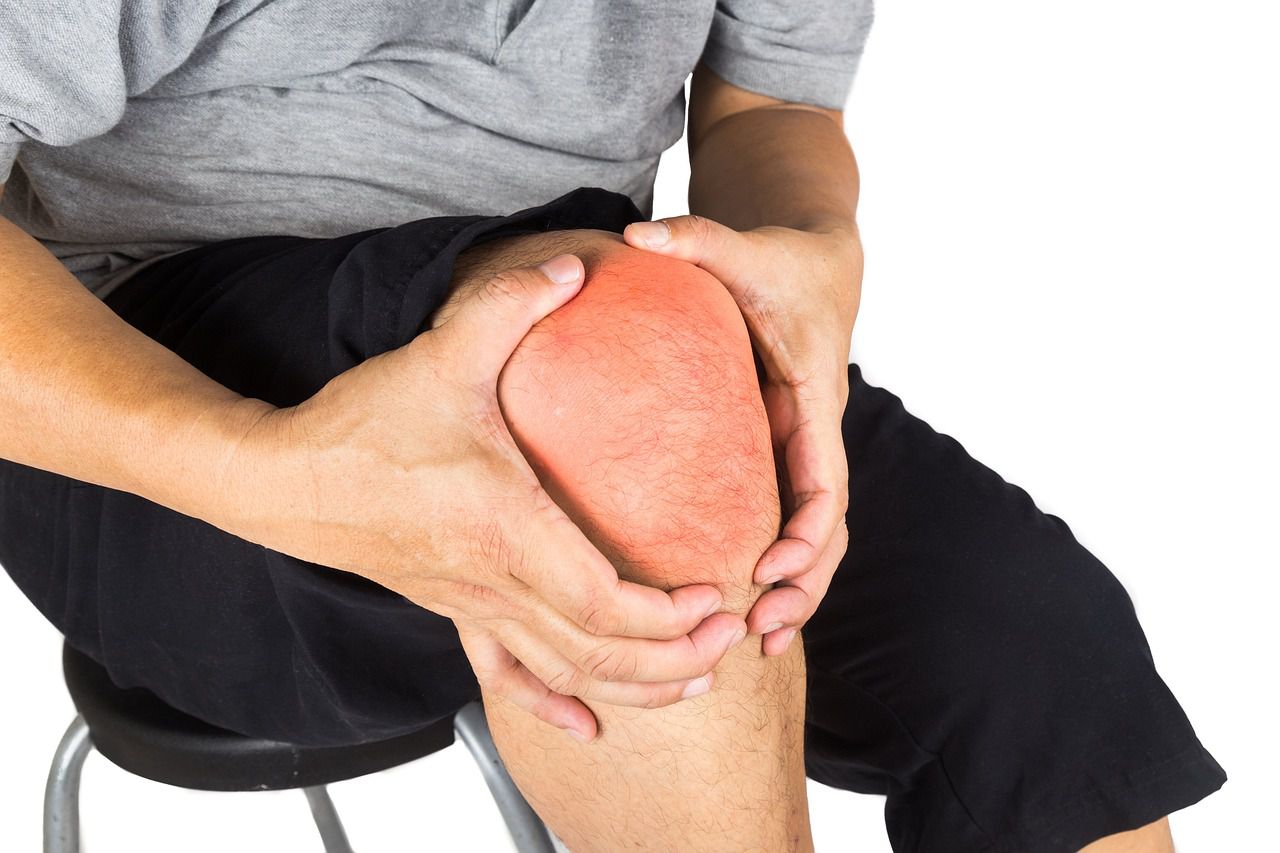Improve your diet to get rid of swelling: Nutritionist's advice
Swelling is generally bad - it's not healthy, it makes us look older and bigger, and it generally makes us look tired and sick.
While swelling can be tied to various health conditions, it's also heavily affected by our dieting.
Here are a few things you may improve to get rid of swelling.
Drink More Water
Staying hydrated helps flush out excess salt and toxins, which can contribute to swelling.
Eat Less Salt
High salt intake can cause your body to retain water, leading to swelling. Reduce salty foods like chips and processed meals.

Eat More Fruits and Veggies
They are rich in potassium, which helps balance sodium levels and reduce swelling.
Choose Whole Grains
Whole grains like brown rice and oats have less sodium than refined grains.
Limit Processed Foods
They often contain hidden salts. Cook fresh meals at home when possible.
Watch Your Sugar
Excess sugar can lead to inflammation, so cut back on sugary drinks and snacks.
Healthy Fats
Omega-3 fatty acids in fish, flaxseeds, and walnuts can help reduce inflammation and swelling.
Reduce Alcohol
Alcohol can dehydrate you and worsen swelling. Limit your intake.
Portion Control
Overeating can put extra stress on your body and cause swelling. Eat balanced meals in moderation.
Consult a Doctor
If swelling persists, consult a healthcare professional for proper guidance and to rule out any underlying health issues.
Conclusion
Remember, making gradual changes to your diet can help reduce swelling over time, but it's essential to consult a healthcare provider for persistent or severe swelling as it could be a sign of an underlying medical condition.

